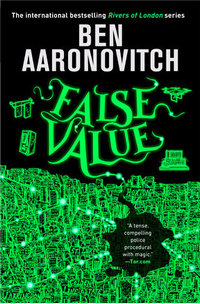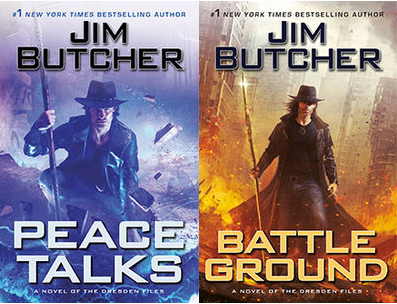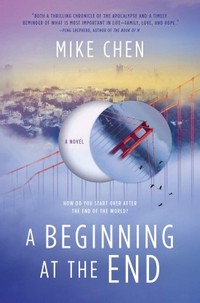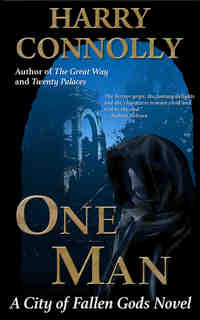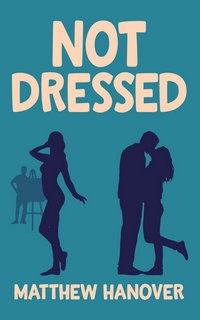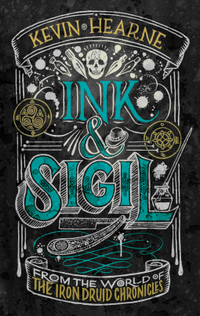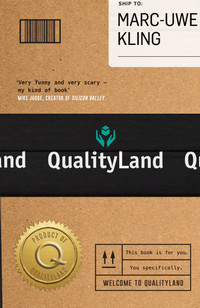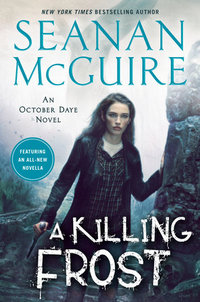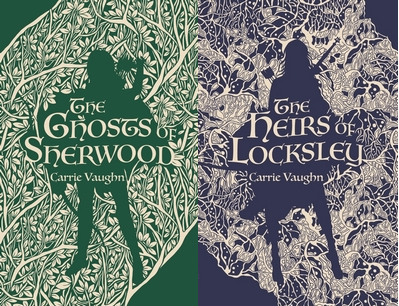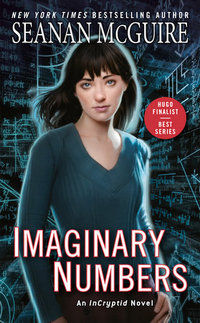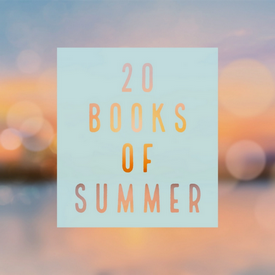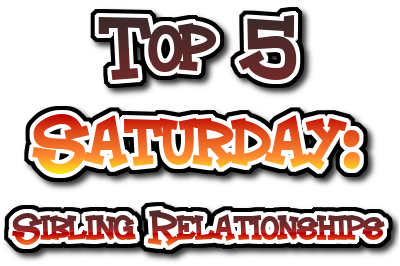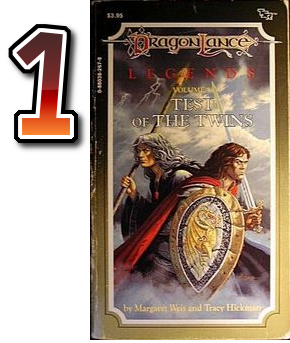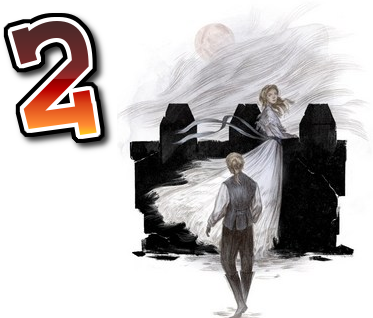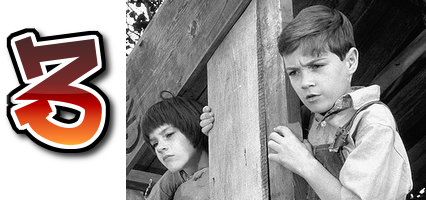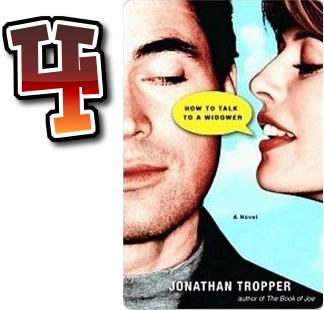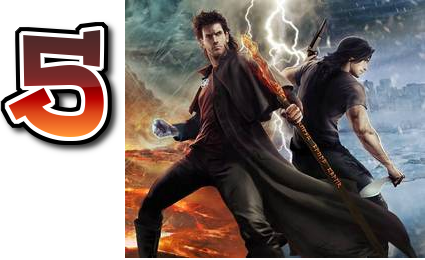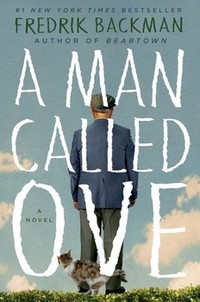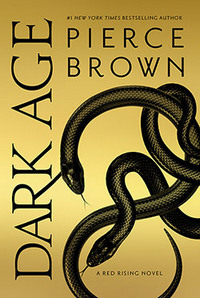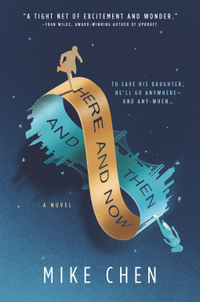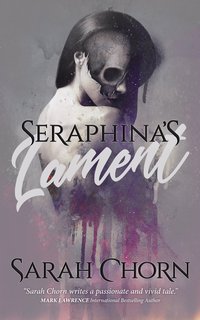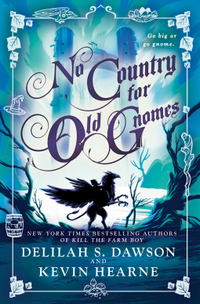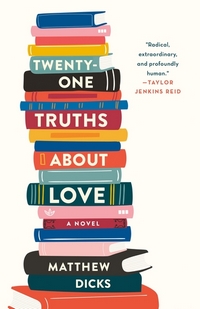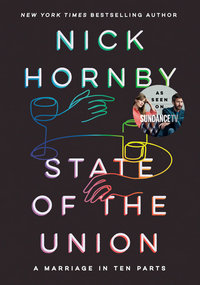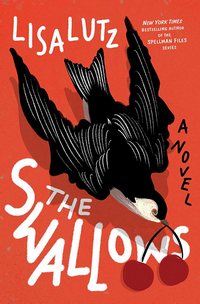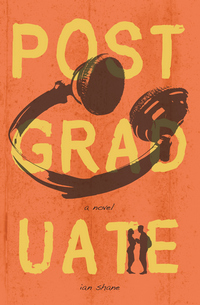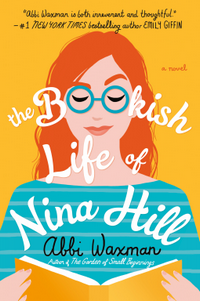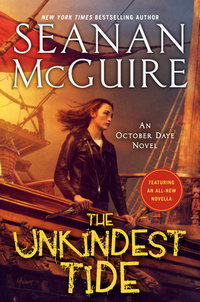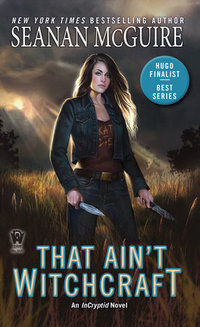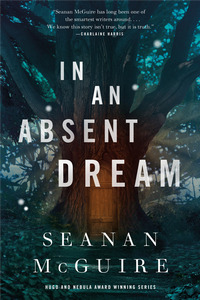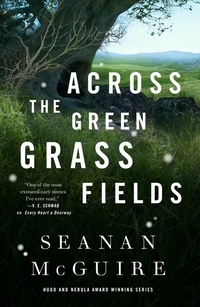 |
Across the Green Grass Fieldsby Seanan McGuire Hardcover, 174pg. Read: January 25-26, 2021 |

Regan slowed again, suddenly eager for her journey to take as long as possible. Maybe that was why the shape in the nearby growth caught her eye, and she stopped abruptly, sending a pebble clattering into the creek as she cocked her head and blinked at what was surely a trick of the light.
Two trees had grown around each other, branches tangling and twisting like the wicker of a basket. They looped in and out of one another’s embrace, until they formed what looked almost like a doorway. That was interesting, but not unique; branches often grew together, and the shapes they made in the process could be remarkably architectural. She’d seen castles in the trees when she was little, castles and dragons and all manner of fabulous things.
But she’d never seen a doorway before.
What’s Across the Green Grass Fields About?
Regan is ten-years-old when she finds this doorway, but we meet her when she’s a little younger. We see her making regrettable, entirely predictable (and understandable) mistakes when it comes to friendship, the kind of mistakes that shape her social future in ways she can’t imagine. We readers cringe, hope she’d make better choices, and then just wait to see how bad the damage is going to be when she realizes (probably too late) that she’s befriended and trusted the wrong sort of person. Other than that mistake, she seems like a sweet girl, she loves horses and riding, her family, and her friend.
The day after she learns something devastating from her parents, she learns that lesson about trust the hard way and runs away from school into the less-developed area between her school and home.
As children do in this series, she walks through that doorway and finds herself in a new world. The first person she meets (a centaur) tells her it’s called The Hoooflands. And she is excited to find a human. Humans arrive in The Hooflands when something is about to happen—when something that is plaguing their society will be confronted and defeated by the human (who have thumbs and can fit in places a centaur can’t, so there are two big advantages for the human).
But first, the centaur takes Regan to meet her family. And then years pass. She matures, she sees the errors she made in trusting the wrong people on Earth. She picks up skills, she learns who she is. Yes, she misses her family, but this is home to her and she’s content.
The Hooflands
…and there were people. Centaurs like the ones Regan knew. More delicate centaurs with the lower bodies of graceful deer and the spreading antlers to match. Satyrs and fauns and minotaurs and bipeds with human torsos but equine legs and haunches, like centaurs that had been clipped nearly in half. It was a wider variety of hooved humanity that Regan could have imagined.
On the one hand, I really like this world—of all the worlds on other sides of doors that we’ve visited in this series, it seems more viable than any of them (except maybe for maybe The Goblin Market), it takes a little less suspension of disbelief to see how the world works (once you accept the population, anyway).
At the same time…there’s something about this society that I don’t understand how it functions at all given the way that other species see each other. Obviously, this is a not-at-all-thinly-veiled metaphor for our society, but even metaphors should have some sort of air of believability. Maybe it’s just me, but every time that came up, it took me out of the story for a bit, because I couldn’t understand how the world functions (set aside justice and morality, I’m talking just in terms of practicality). It’d take too long to flesh this out, so I won’t. But it bugged me.
The individual people we spend time with in The Hooflands? Loved ’em. They’re the best characters we’ve met in this series that weren’t connected to the School. I resented how much time McGuire let pass between chapters because I wanted to spend more time with them and to understand the Centaur culture a bit more.
So, what did I think about Across the Green Grass Fields?
It had been more than five years since Regan ran away from school on purpose and ran away from home by mistake.
So begins the endgame for this particular novella, Regan heads off to meet the Queen and do what she was brought to the Hooflands to do once and for all, and then (she assumes) to get her door back home. She doesn’t really want to leave the Hooflands, but circumstances are forcing her hand.
This is the crux of probably my biggest problem with the book—she’s spent five years telling anyone who’ll listen (primarily herself) that she doesn’t believe in Destiny, she won’t bend to Destiny. But in the end, that’s exactly what she does. I’m not going to get into a debate about determinism here, but Regan would be a great Exhibit A for my case if I wanted to.
This is not a subtle book, McGuire has things she wants to say about destiny, about the choices that others make on behalf of others that are just as binding as the choices they make themselves. And she goes about it in a blatant, almost ABC After School Special* manner. And this series is better than that. Or it usually is.
* Readers of a certain age might want to consult with a parent to fully understand that reference
I liked Across the Green Grass Fields, but this is not up to either McGuire’s standard or the standard of The Wayward Children series, and it was far enough short of those high marks that I’m having trouble generating much enthusiasm for it. The language, the storytelling style, the imaginative world were there. But they were overshadowed too frequently for my taste by the rest.
I was disappointed. Hopefully, you’re not, or if you were, it doesn’t put you off from trying the rest of this really wonderful series.
I fully expect (and hope) to see Regan at Eleanor West’s School for Wayward Children in the future and look forward to seeing what happens after she makes her way back home (even if I don’t think it’ll go well for her long-term). I’ll be back for the 2022 novella in this series, eager for what McGuire has in store, confident it won’t be like this.

This post contains an affiliate link. If you purchase from it, I will get a small commission at no additional cost to you. As always, opinions are my own.
![]()


